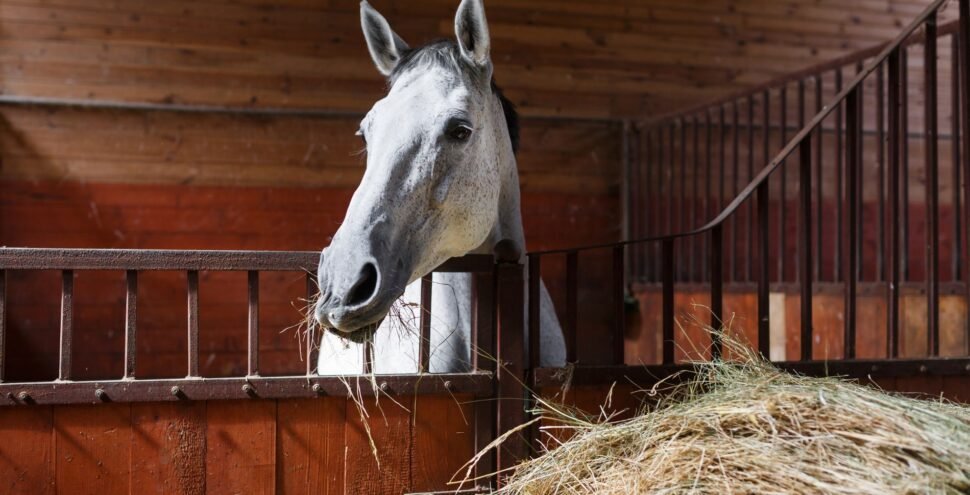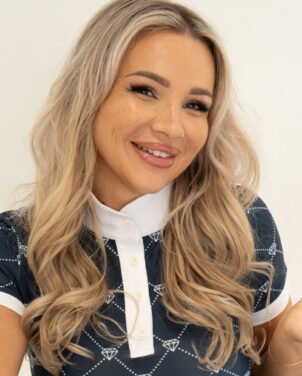Feeding your horse properly is one of the most important responsibilities you have as a horse owner. A balanced diet not only keeps your horse healthy but also supports its performance and well-being. Understanding what your horse needs in terms of nutrition is crucial. This involves knowing what types of food to provide, how much to give, and when to feed them.
A horse’s diet should be carefully planned. It’s not as simple as just providing hay or grass. There are specific nutrients that horses need to stay strong and active. We must pay attention to things like carbohydrates, proteins, fats, vitamins, and minerals. Doing so helps prevent health problems and ensures that your horse remains in peak condition.
In addition, feeding schedules and portion sizes play a significant role in maintaining your horse’s health. Feeding them too much or too little can cause issues like colic or obesity. By setting a consistent feeding routine and sticking to it, you can help regulate your horse’s digestive system and overall health.
Preparing for Your First Ride: What You Need to Know
Before hopping on the saddle, it’s crucial to prepare thoroughly. Start by ensuring that you have the appropriate riding gear. Helmets are non-negotiable for safety, and you’ll need well-fitted riding boots with a heel to prevent slipping from the stirrups. Comfortable, flexible clothing makes it easier to move while riding.
Make sure your horse is ready too. Brush your horse to get rid of any dirt or debris that could cause discomfort under the saddle. Check their hooves for stones or other objects. Proper grooming helps build a bond and ensures your horse is comfortable for the ride. Understanding the tack and how to fit it correctly on your horse is also essential. The saddle and bridle should be snug but not tight, allowing your horse to move freely without any pain.
Basic Horse Riding Positions and Postures
Good posture is key to effective horse riding. Start by sitting upright in the saddle with your back straight and shoulders relaxed. Your legs should hang naturally down the sides of the horse, and your heels should be slightly down. Keep your elbows close to your body and hold the reins with a gentle, steady hand. This posture helps maintain balance and allows you to communicate effectively with your horse.
There are a few primary positions to master. The basic walk requires a relaxed posture, while the trot means sitting deeper in the saddle and posting, which involves rising slightly off the saddle with the horse’s rhythm. The canter or lope needs a forward seat, where you lean slightly forward, allowing your body to move in sync with the horse’s gait. Practising these positions helps improve your confidence and control over the horse.
Important Commands and How to Use Them
Using the right commands is vital for communicating with your horse. The most basic commands involve using your voice, hands, legs, and body weight to direct the horse’s movements. Simple verbal commands like “walk,” “trot,” “canter,” and “whoa” should be consistent and clear. Pair these commands with corresponding body signals for best results.
For instance, to move forward, gently squeeze your legs against the horse’s sides and release a bit of pressure on the reins. To stop, gently pull back on the reins while saying “whoa,” and apply pressure with your legs to steady the horse. Turning involves pulling the reins in the direction you want to go while applying slight pressure on the opposite leg. Always be consistent with your commands to help your horse understand and respond correctly.
Common Mistakes to Avoid When Riding a Horse
Even seasoned riders can make mistakes, and knowing what to avoid can help you improve faster. One common error is gripping the reins too tightly, which can hurt the horse and make it harder for you to maintain control. Instead, keep a firm but gentle grip. Another mistake is leaning too far forward or backward, which can unbalance you and your horse. Aim to stay centred and aligned with your horse’s movements.
Avoid looking down at the horse’s head; this can throw off your balance. Always focus ahead to where you want to go. Additionally, don’t neglect your posture. Slouching or hunching over can lead to back pain and make it harder for your horse to understand your cues. Regular practice and being mindful of these common mistakes will make your rides smoother and more enjoyable.
Feeding Schedules and Portion Control for Optimal Health
Feeding schedules and portion control are crucial for maintaining a horse’s health. Horses naturally graze for several hours a day; therefore, providing multiple small meals mimics their natural eating patterns. Breaking up the feed into 3-4 meals helps manage their digestive system more effectively than one or two large meals. This approach reduces the risk of colic and other digestive problems.
Portion control involves giving the right amount of food based on the horse’s weight, activity level, and overall health. Overfeeding can lead to obesity, while underfeeding can result in poor health and low energy. Consulting with a vet or equine nutritionist can help establish the best feeding regime tailored to our horse’s needs. Keeping track of feed portions and ensuring clean water is available at all times are key components in promoting good health and a strong diet.
Common Feeding Mistakes and How to Avoid Them
It’s easy to make feeding mistakes, but knowing what they are can help us avoid them. One common mistake is giving too many treats. While it’s okay to give treats occasionally, overdoing it can lead to an unbalanced diet. Make sure treats are healthy and given in moderation to prevent dietary issues.
Another mistake is to adjust feed according to the seasons or workload. Horses may need more energy-rich food during heavy work periods and less during rest periods. Failing to make these adjustments can result in weight gain or loss. Additionally, improper storage of hay and grains can lead to mould and spoilage. Always store feed in a dry, cool place to maintain its quality. By being mindful of these common errors, we can keep our horses healthy and happy.
Conclusion
Ensuring our horse’s nutritional needs are met involves more than just providing food and water. Understanding what constitutes a balanced diet, maintaining proper feeding schedules, and avoiding common feeding mistakes are all essential parts of responsible horse care. By taking these steps, we create a healthier and more enjoyable environment for our horses.
At Diamont Equestrian, we believe that knowledge is key to providing the best care for your horse. Whether you’re new to horse ownership or looking to improve your current feeding practices, our resources can help you make informed decisions. Take the next step towards better horse care today by exploring our products and expert advice. Visit Diamont Equestrian to learn more and ensure your horse gets the best care possible. And if you are interested in equestrian accessories to take your horse-riding experience to the next level, check out what we have to offer!





